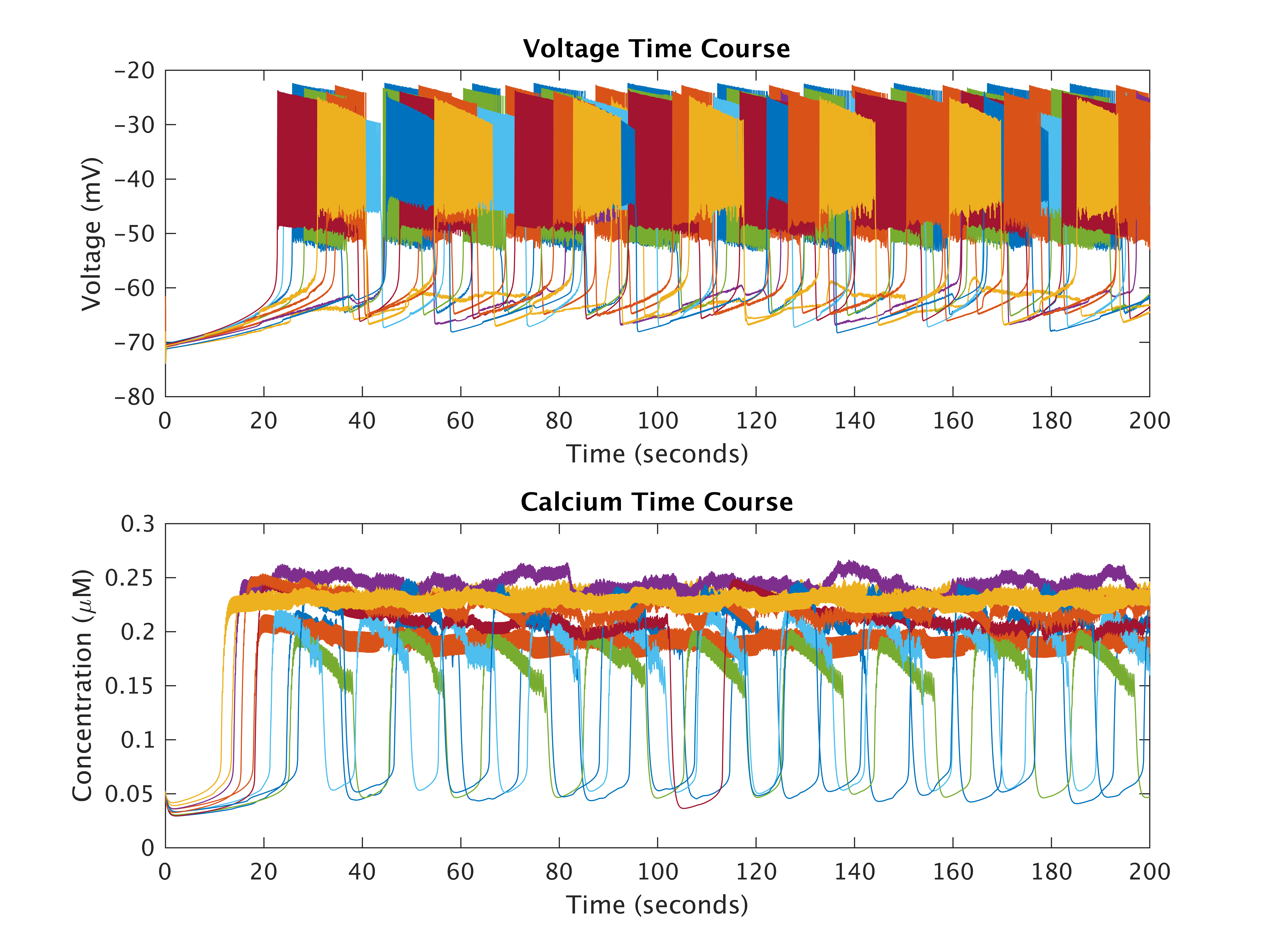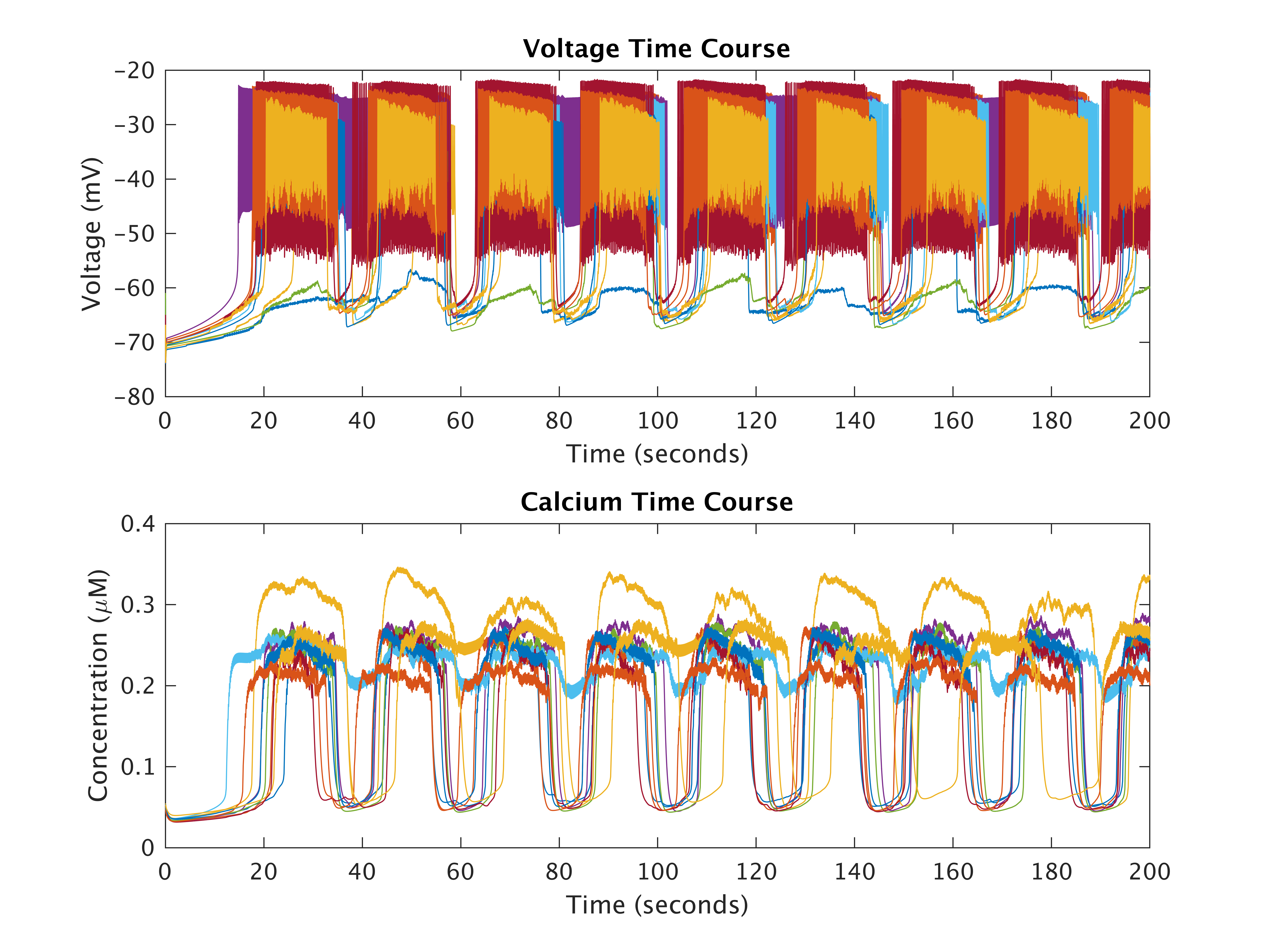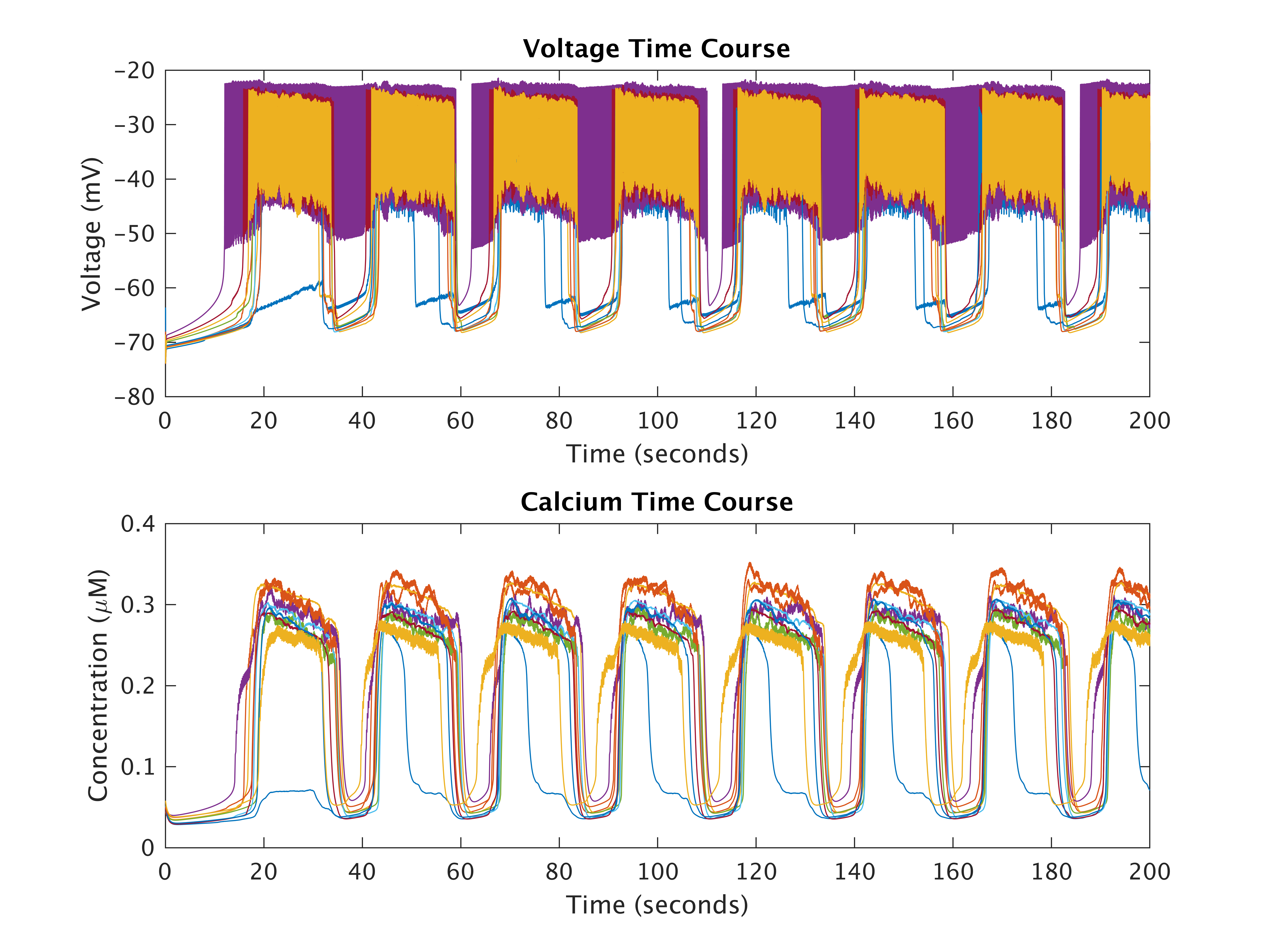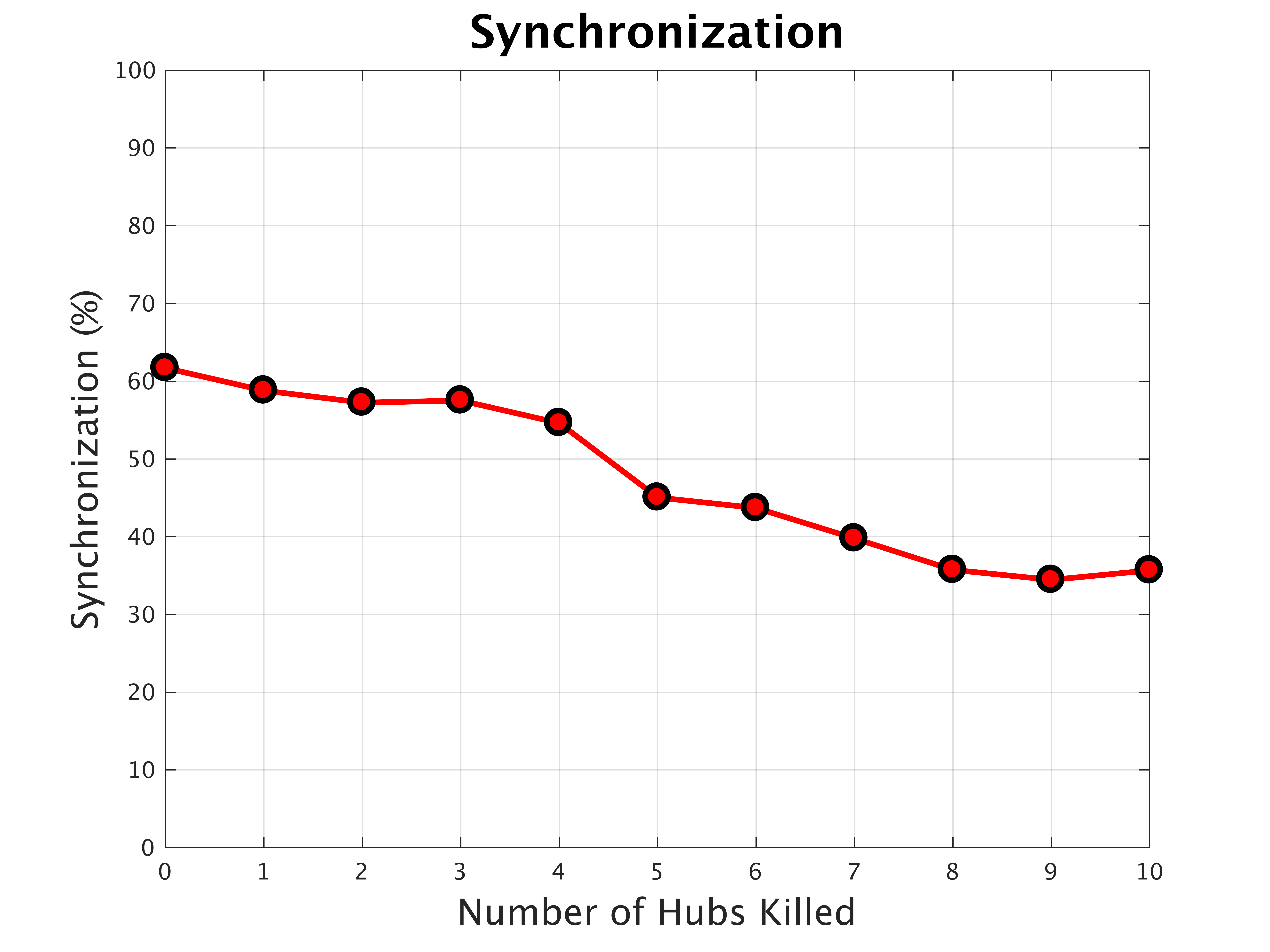| Team Members: | Elise Falgout1, Destiny Frett2, Lorenzo Neil3,and Ryan Schumm4 |
| Graduate Assistant: | Janita Patwardhan5 |
| Faculty Mentor: | Brad Peercy5 |
| Client: | Arthur Sherman6 |
1 Department of Mathematics and Department of Computer Science, Louisiana State University
2 Department of Computing Sciences and Department Mathematics and Statistics, Elon University
3 Department of Computer Science and Electrical Engineering, University of Maryland, Baltimore County,
4 Physics Department and Department of Mathematics, Statistics, and Computer Science,Marquette University
5 Department of Mathematics and Statistics, University of Maryland, Baltimore County
6 Laboratory of Biological Modeling,National Institutes of Health
 |
 |
About the Team
Team 4, the Pirates of the Pancreas, consisted of four undergraduate members- Elise Falgout, Destiny Frett, Lorenzo Neil, and Ryan Schumm. Elise Falgout is entering her senior year at Louisiana State University, majoring in Mathematics and Computer Science. Destiny Frett is a rising sophomore at Elon University majoring in Applied Mathematics and Computer Science. Lorenzo Neil, a Meyerhoff Scholar at UMBC, is a junior majoring in Computer Science. Ryan Schumm is a rising senior at Marquette University majoring in Physics and Mathematics.
Team 4 worked with graduate assistant Janita Patwardhan and faculty mentor Bradford Peercy in the Department of
Mathematics and Statistics at UMBC. The client, Arthur Sherman, is from the Laboratory of Biological Modeling at the National Institutes of Health.
Problem
Diabetes occurs when the body’s blood sugar levels are in a state of sustained elevation. The pancreas contains beta cells organized in the islets of Langerhans, which secrete a hormone called insulin that is responsible for maintaining blood glucose at appropriate levels. Oscillations in insulin levels, which are thought to to require synchronization in insulin secretion, are necessary for proper regulation of glucose. A loss of this periodic behavior has been observed in type 2 diabetics. Recent work has shown that small worldness, which is a network where some cells have a larger influence on the islet than others, may characterize the connections between cells in pancreatic islets. Our team
investigated small world connections and the role that they played in synchronization.
Methodology
Single Slow Channel Model:
The Single Slow Channel Model (SSCM), formulated by Dr. Sherman, consisted of a set of equations which simulated the calcium and electrical dynamics of a single beta-cell within the pancreas. The parameters within the model consist of ion channel conductances, the membrane capacitance, and ion Nernst potentials.

Cell Coupling:
Two cells are coupled when there exists a gap junction that allows for molecules to pass from one cell to the other. We modeled this mathematically through the addition of coupling currents to the voltage equations. This information was calculate for the whole islet using the following equation. The islet was arranged in a hexagonal close packed lattice. This configuration allowed for a maximum of twelve nearest neighbors for a cell on the interior of the lattice. The figure shows a lattice for an islet consisting of 323 cells.
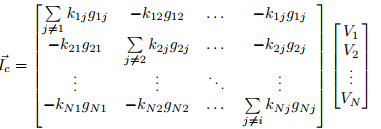
Hexagonal Lattice:
The islet was arranged in a hexagonal close packed lattice. This configuration allowed for a maximum of twelve nearest neighbors for a cell on the interior of the lattice. The figure shows a lattice for an islet consisting of 323 cells.
 |
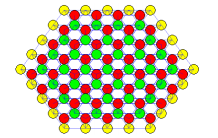 |
Results
Calcium and Voltage Traces:
The calcium and electrical dynamics were observed for different islets with varying coupling strengths between cells.
(a)
|
(b)
|
(c)
|
Hub Cell Silencing:
Hub cells were identified from functional networks and the effect of hub silencing on synchronization of small worldness was observed.
(a)
|
(b)
|
Conclusions and Future Directions
Networks with small world properties can be constructed through heterogeneous nearest neighbor coupling. The distribution of functional cell links increases with small worldness which results in hub cells dominating the maintenance synchronization in the islet. Future work needs to be done to identify statistically significant differences between cell parameters of hub and follower cells.
Links
Elise Falgout, Destiny Frett, Lorenzo Neil, Ryan Schumm, Janita Patwardhan, Bradford E. Peercy, and Arthur Sherman. The Investigation of Small Worldness in Pancreatic Islets. Technical Report HPCF-2017-14, UMBC High Performance Computing Facility, University of Maryland, Baltimore County, 2017. Reprint in HPCF publications list
Poster presented at the Summer Undergraduate Research Fest (SURF)
Click here to view Team 1’s project
Click here to view Team 2’s project
Click here to view Team 3’s project
Click here to view Team 5’s project
Click here to view Team 6’s project
